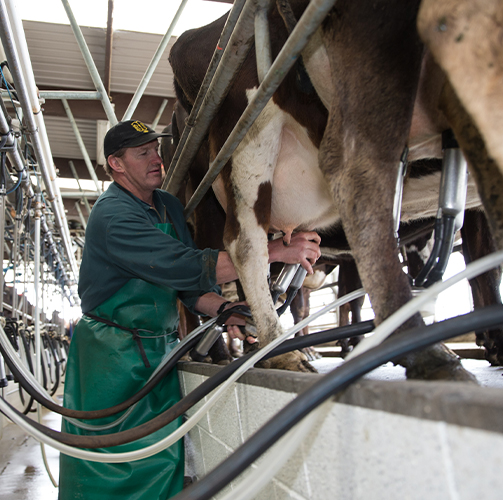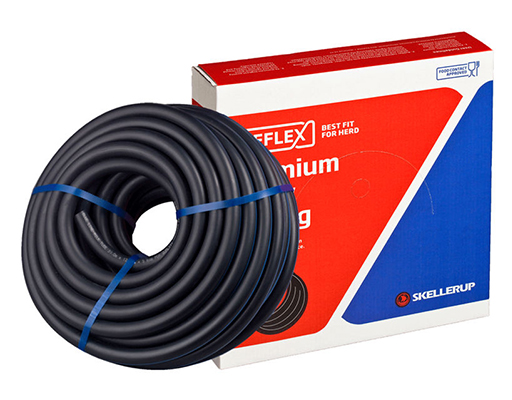Liner Selection for Peak Performance
Words Courtesy of Skellerup
Here are some practical tips to improve milking performance by selecting the right milking liner and performing regular maintenance checks with timely replacement of milking liners.
Choosing the Right Milking Liner
When it comes to choosing a Skellerup milking liner, there are several performance features to consider. Ensure that the mouthpiece size aligns with breed of cows in the herd, opt for a round or square barrel and select a liner tailpiece size that fits milk claws.
A good milking liner will:
- Provide an airtight seal at both ends of the shell
- Mouthpiece and barrel sizes fit a range of teat shapes and sizes, reducing cup slip and teat end damage that may cause mastitis
- Provide efficient and complete milk out, minimising teat congestion, discomfort, and injury
- Be easy to clean
Liner Type Impact on Milking Performance
In a recent study from Lincoln University, that included more than 60 milkings per cow in each phase, square liners were found to improve milk flow rates and shorten milking times. Notably, cows milked with square liners exhibited no signs of discomfort, as reported through behavioural observation, compared to those milked by round liners.
2,500 Liner Change
Over time, liner condition deteriorates affecting milking efficiency. DairyNZ recommends changing liners after 2,500 milkings.
- Flex cracks in the barrel increase the risk of splits and bacterial growth.
- Mineral deposit build-up creates an abrasive liner surface that can damage teats and increase risk of infection.
- Distorted liner mouthpieces and barrels can arise from swelling caused by the absorption of milk fat and chemicals.
- Worn-out liners contribute to cup slip, prolonged milking duration, and increased susceptibility to mastitis infections due to incomplete milking.
- Inelastic, swollen, or cracked liners are unable to exert the necessary massage pressure to stimulate milk letdown, leading to reduced milk production.




